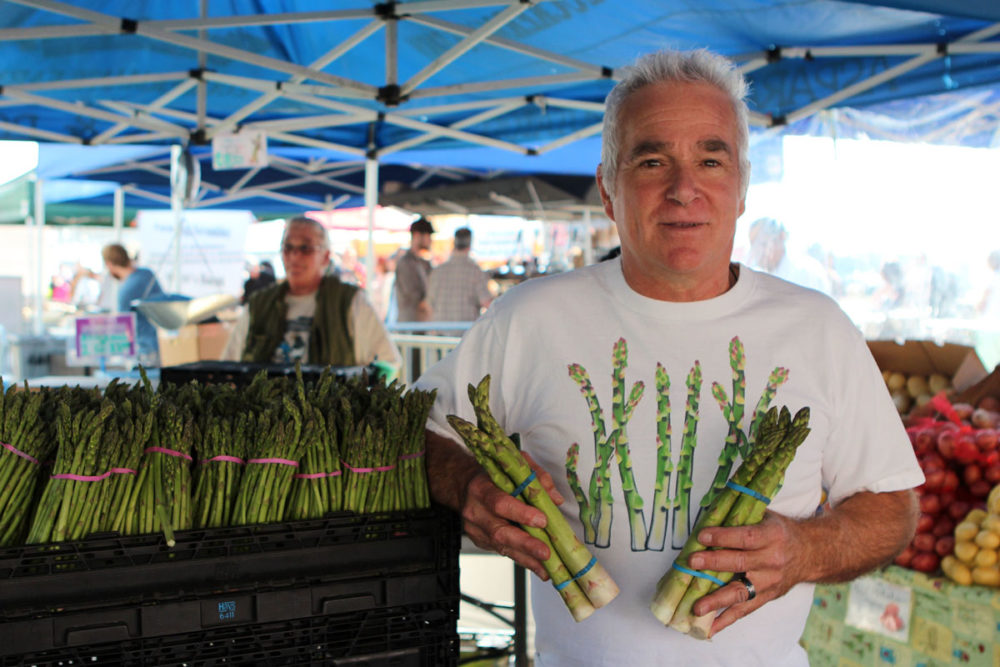Zuckerman's Farm

People
Roscoe Zuckerman, along with 50 full-time and 250 seasonal employees
Farmland
1,500 acres in Stockton, about 80 miles to San Francisco
About
Roscoe’s grandfather arrived in the Delta area in the 1920s and fell in love with the rich soil. Zuckerman’s Farm is located on an “island” in the Delta region formed by the San Joaquin and Sacramento rivers flowing toward the San Francisco Bay. The Zuckermans once had upwards of 15,000 acres in the area. Over the years, the farm has survived many floods. When asked what he likes most about farming, Roscoe replies, “I like knowing that I’m doing something that others are enjoying and that I’m helping to feed the world.” The farm’s soil fertility is maintained with synthetic fertilizers, cover crops, and compost. Pests are controlled using an Integrated Pest Management (IPM) system that involves both organic and synthetic chemicals, beneficial insects, and crop selection.
